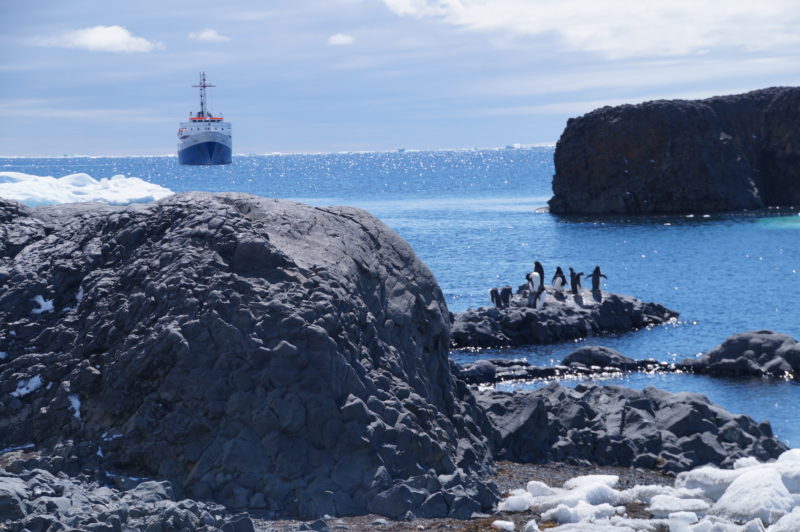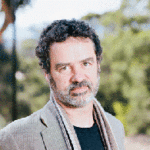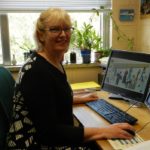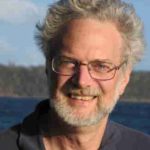 Women are underrepresented in science, technology, engineering, mathematics and medicine (STEMM) fields worldwide, particularly in leadership positions. For instance, Australian women comprise more than half of science PhD graduates and early career researchers, but just 20% of senior academics in universities and research institutes. This lecture will explore the reasons why gender bias in STEMM matters in more detail by drawing on data from an ongoing sociological study focusing on the leadership experiences of 25 women in STEMM fields who were all participants in a three-week transformational leadership program in Antarctica in December 2016. Key themes for discussion include women’s experiences of sexism and gender bias, sexual harassment and managing caring responsibilities. This lecture will also explore why women in STEMM often internalise the problem of gender equity in STEMM and blame themselves for their challenging organisational experiences.
Women are underrepresented in science, technology, engineering, mathematics and medicine (STEMM) fields worldwide, particularly in leadership positions. For instance, Australian women comprise more than half of science PhD graduates and early career researchers, but just 20% of senior academics in universities and research institutes. This lecture will explore the reasons why gender bias in STEMM matters in more detail by drawing on data from an ongoing sociological study focusing on the leadership experiences of 25 women in STEMM fields who were all participants in a three-week transformational leadership program in Antarctica in December 2016. Key themes for discussion include women’s experiences of sexism and gender bias, sexual harassment and managing caring responsibilities. This lecture will also explore why women in STEMM often internalise the problem of gender equity in STEMM and blame themselves for their challenging organisational experiences.
Dr Meredith Nash is a Senior Lecturer in Sociology at the University of Tasmania. Her research explores the depth and enduring character of gender-based inequalities of position and power. For the last 10 years, her research has engaged specifically with four key sites where gender inequality persists including: reproduction and parenting, organizational culture, media, and leisure/sport. She is the author of Making postmodern mothers: Pregnant embodiment, baby bumps, and body image (2012) and the editor of Reframing reproduction: Conceiving gendered experiences (2014). Her new co-edited book Reading Girls: Postfeminism, feminism, authenticity and gendered performance in contemporary television was published this month by Palgrave.
 For over 50 years scientists have been working to understand Antarctica’s contribution to sea level. For much of this time there has been disagreement about if this massive ice sheet is even growing or shrinking. In 2012, advances in data analysis and computer modelling resulted in the first reconciled estimate of change being achieved. This lecture will explain some of the major advances that led to this reconciled estimate, which revealed that Antarctica is increasingly contributing to sea-level rise.
For over 50 years scientists have been working to understand Antarctica’s contribution to sea level. For much of this time there has been disagreement about if this massive ice sheet is even growing or shrinking. In 2012, advances in data analysis and computer modelling resulted in the first reconciled estimate of change being achieved. This lecture will explain some of the major advances that led to this reconciled estimate, which revealed that Antarctica is increasingly contributing to sea-level rise.















 Tuesday September 6, 8 pm Royal Society Lecture presenting Dr Clare Hawkins, Honorary Research Associate at the University of Tasmania in Royal Society Room, TMAG
Tuesday September 6, 8 pm Royal Society Lecture presenting Dr Clare Hawkins, Honorary Research Associate at the University of Tasmania in Royal Society Room, TMAG



